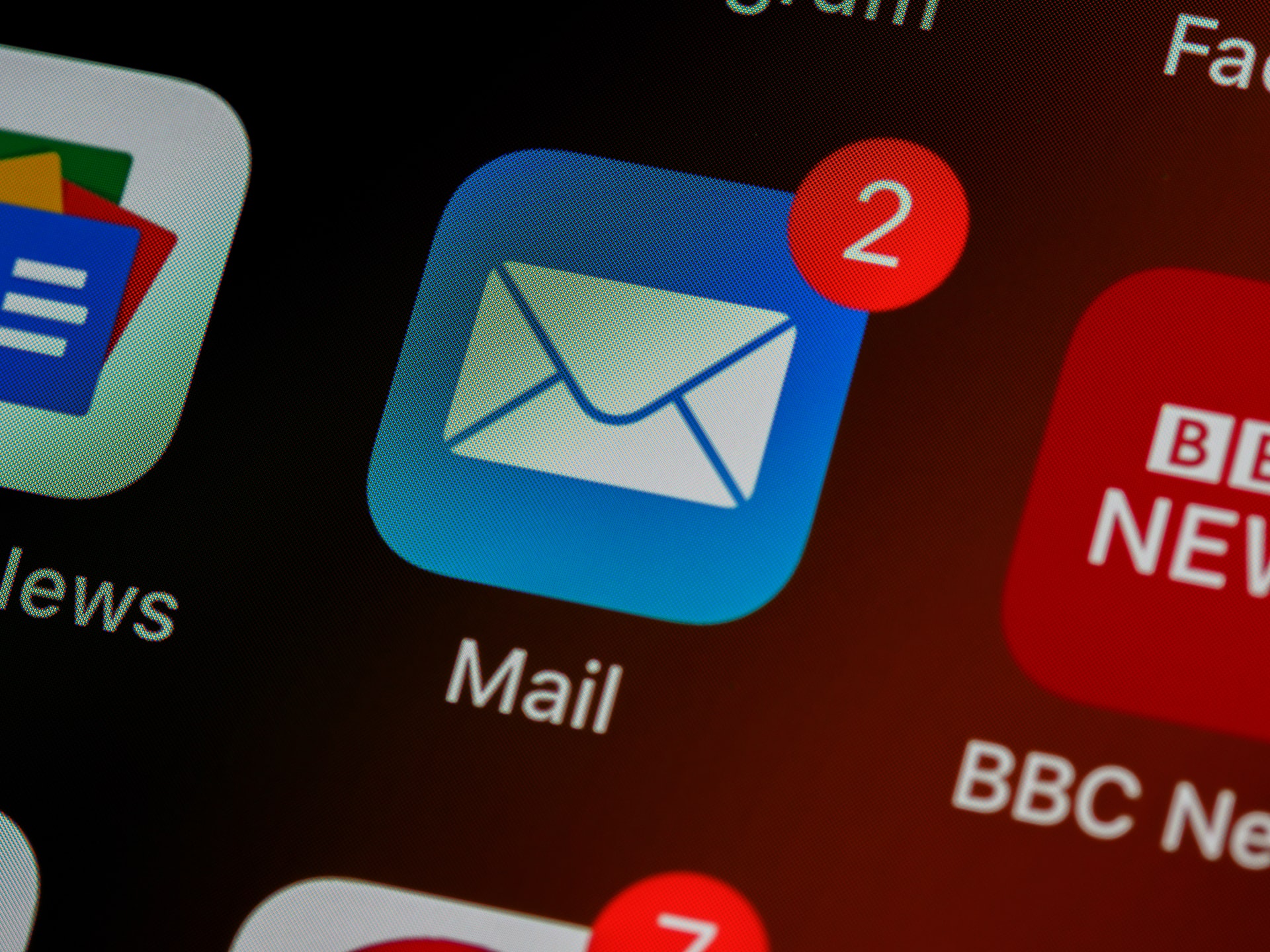Every marketer must consider accessible emails a top priority when planning their marketing communication strategies. Why? Because we live in an evolving world that aims to make the digital space accessible to everyone. In this article, I outline some best practices to help email marketers achieve this goal.
1. Use the Right Colors
When you have subscribers with certain visual impairments, the right color combination matters.
WCAG recommends a 3:1 color contrast ratio for graphics and user interface components (such as form input borders). WCAG Level AAA requires a contrast ratio of at least 7:1 for normal text and 4.5:1 for large text.
Contrast can make a big difference in whether or not people with color vision impairments can interact with your content or not. Use it wisely to ensure that you do not miss out on delivering your message to your entire audience.
To check for contrast ratio, you can use tools like this free contrast ratio checker.
2. Use Appropriate ALT text
Alternative text (or ALT text for short) is a descriptive block of text used in HTML to provide information on images for people using screen readers.
ALT text provides context for people using screen readers and for those who cannot see your images for any reason (e.g., low vision, a poor connection, or a broken source link).
Whenever a screen reader encounters alt text, it simply reads it to the user. Browsers can also be set to display alt text onscreen in place of the image for users with low bandwidth.
3. Use Emojis With Caution
Whenever you send an email, your goal is to provide readers with information that benefits them and motivates them to take action. Furthermore, you must make sure that the content they are reading truly adds value and is easy to read.
It’s fun to play with fonts and emojis, but do they actually add value to your content? There is some truth to the claim that subject lines with emojis have higher open rates. Emojis should never replace actual words in subject lines, only at the beginning or end.
If you think emojis add some type of value to your emails, you can include them, but they might not be seen by everyone. Similarly, pictures and videos might not be seen by everyone. At some point, flexibility will need to be incorporated, and that’s okay.
4. Responsive Design
Responsive design refers to the practice of making web interfaces that display correctly over a wide range of devices and screen resolutions. When you code your email campaigns, make sure the content formats properly.
The experience of your subscribers may be poor without responsive design, and devices like screen readers may display content out of order.
Check your emails on desktop, mobile, and even different email clients before scheduling them, even if you have a responsive tool.
5. Semantic HTML
Semantic HTML describes the use of contextually descriptive HTML tags in their right positions. For instance, rather than use generic tags like <span> or <div> to describe a section of text, you could use semantic tags like <summary>, <figcaption>, or <footer>.
One important tip is to set the HTML language attribute so that screen readers and other devices can display or pronounce your content in the correct language for your subscribers. You can improve your subscribers’ engagement with this simple fix.
Final Thoughts
In many organizations, embracing accessibility has multiple benefits, including reducing legal risks, strengthening brand presence, improving customer experience, and increasing employee productivity.
Don’t be left out. Integrate accessibility best practices into your email marketing funnel and help make the web a better place.




